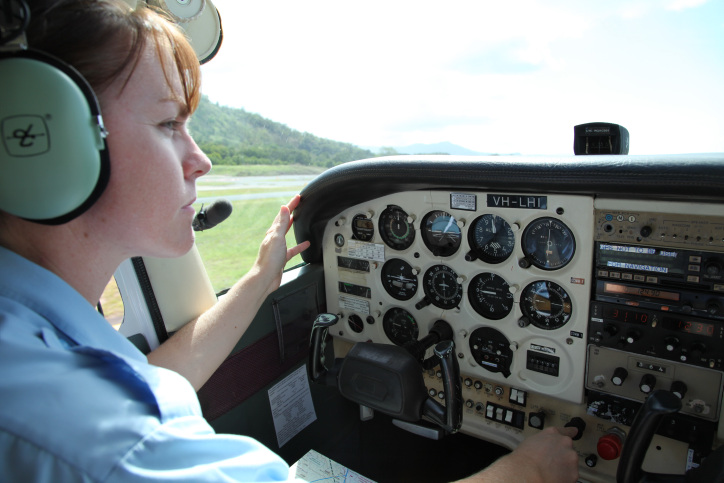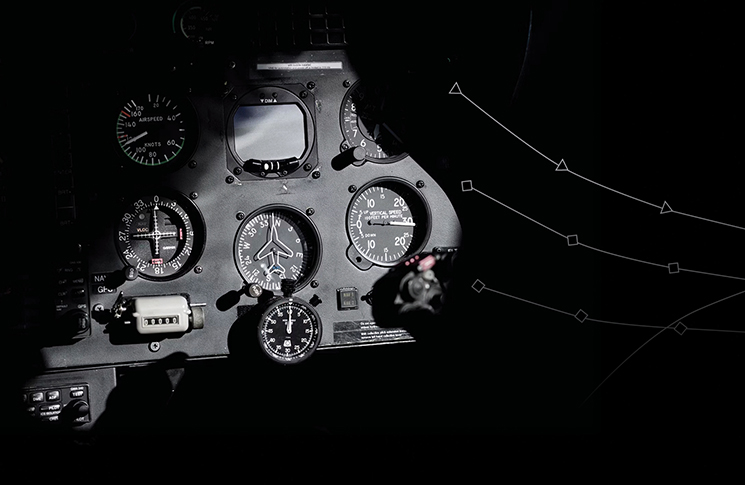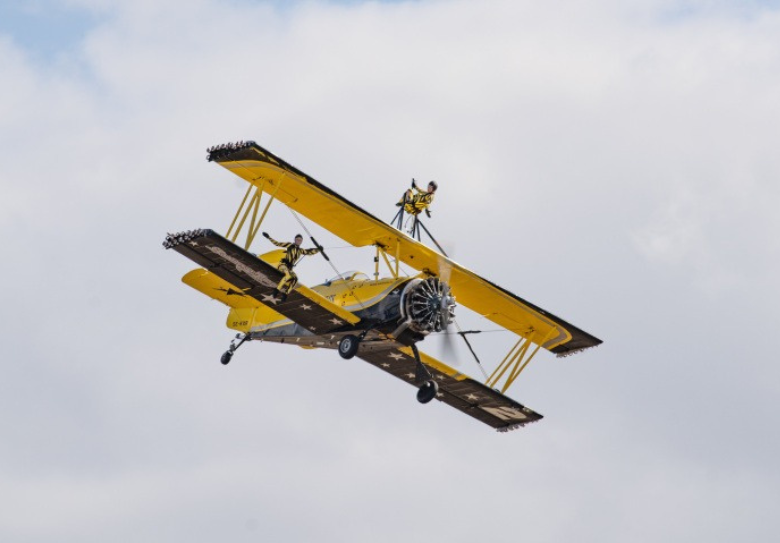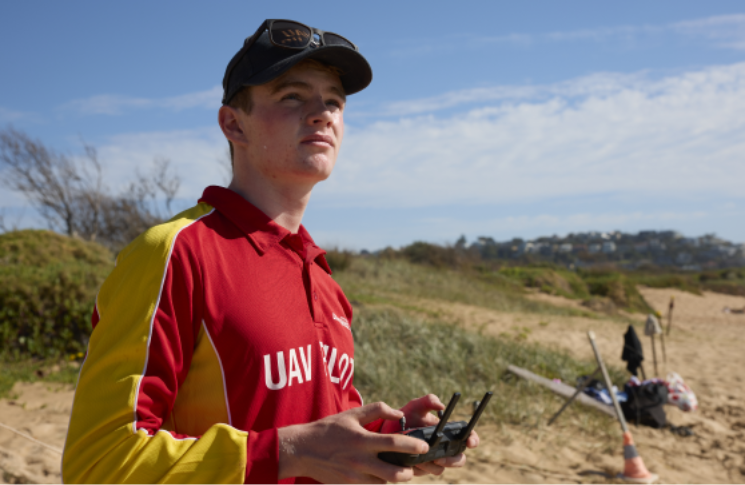
From a young Nipper to a qualified surf life saver operating drones for Surf Life Saving NSW, Josh found a way to merge his love for the ocean with drone technology.
Pursuing his passions, Josh began studying a Bachelor of Aviation majoring in Remotely Piloted Aircraft Systems (RPAS) at the University of NSW (UNSW).
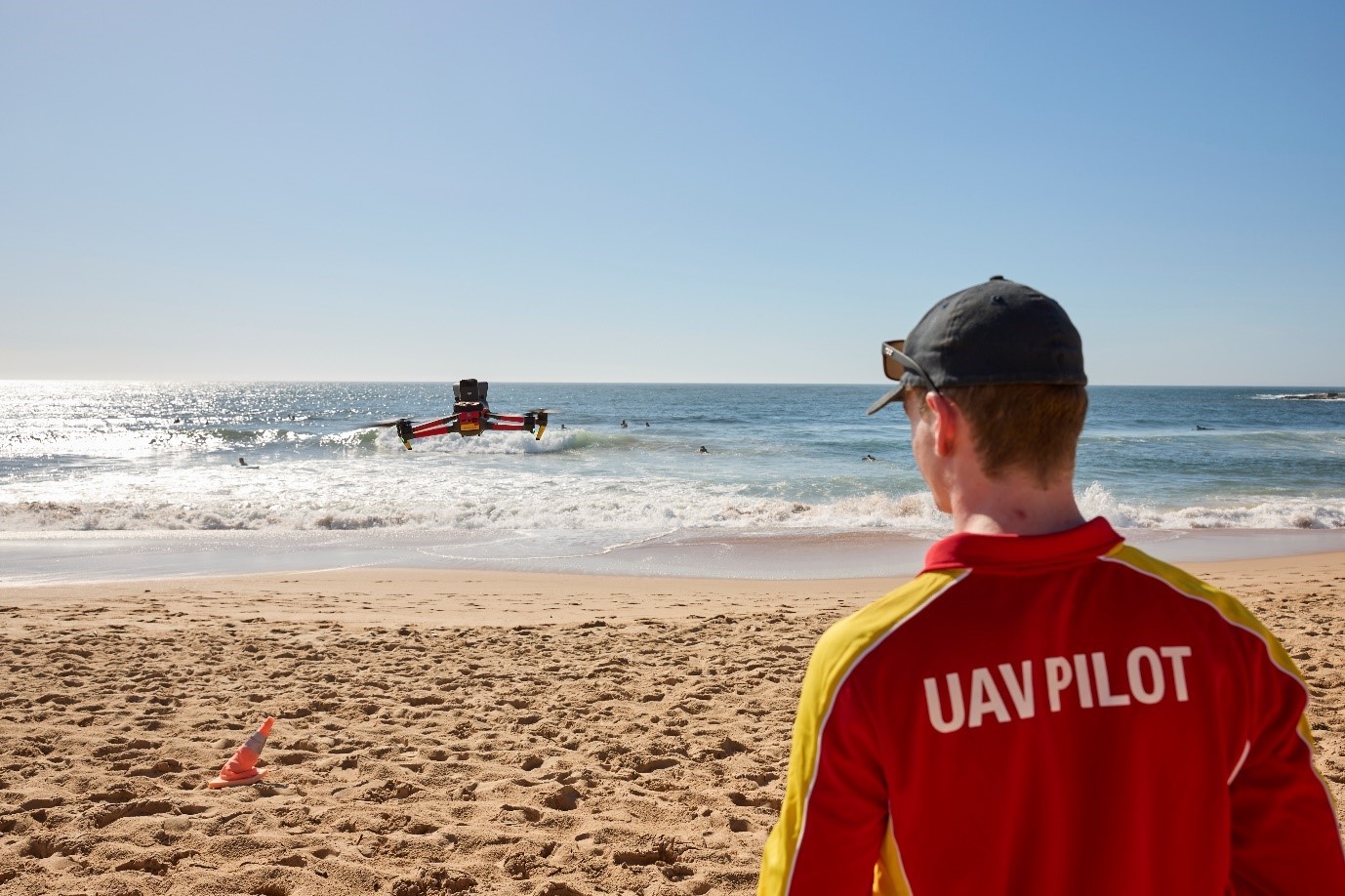
‘UNSW’s degree sounded like a great fit to allow me to further develop my aviation, management and business skills across both uncrewed and crewed aviation,’ he says. ‘As part of the degree, you get hands-on drone training and learn about crewed aviation. This includes earning a recreational pilot licence (RPL) and studying commercial pilot licence theory.’
Through his role at Surf Life Saving NSW Australian UAV Service, Josh flies drones for shark surveillance, search and rescues and event safety. He’s also working on developing long range beyond visual line-of-sight (BVLOS) capability along the NSW coastline.
With more than 100 hours of drone flight experience, Josh has been working for Surf Life Saving NSW for more than 3 years. He flies under the Australian UAV Service’s remotely piloted aircraft operator’s certificate (ReOC), holds an aeronautical radio operators certificate (AROC) and has completed the BVLOS exam.
Through his study, Josh quickly discovered just how large the drone industry is.
‘Now there are many organisations with hundreds of commercial drone operators. These organisations aren’t just flying small camera drones. Many are flying large drones for complex operations, at night, beyond visual line-of-sight and for innovative uses such as medical deliveries, environmental monitoring, agricultural purposes and emergency response.’
‘To become a UAV pilot with Surf Life Saving NSW, candidates must hold a remote pilot licence (RePL) issued by CASA. They also complete the Surf Life Saving UAV Operator Induction Program, which covers coastal operations, emergency response and flight safety,’ he says.
‘We complete extra training, both internal and external, to fly larger drones, operate at night, or go beyond visual line-of-sight.’
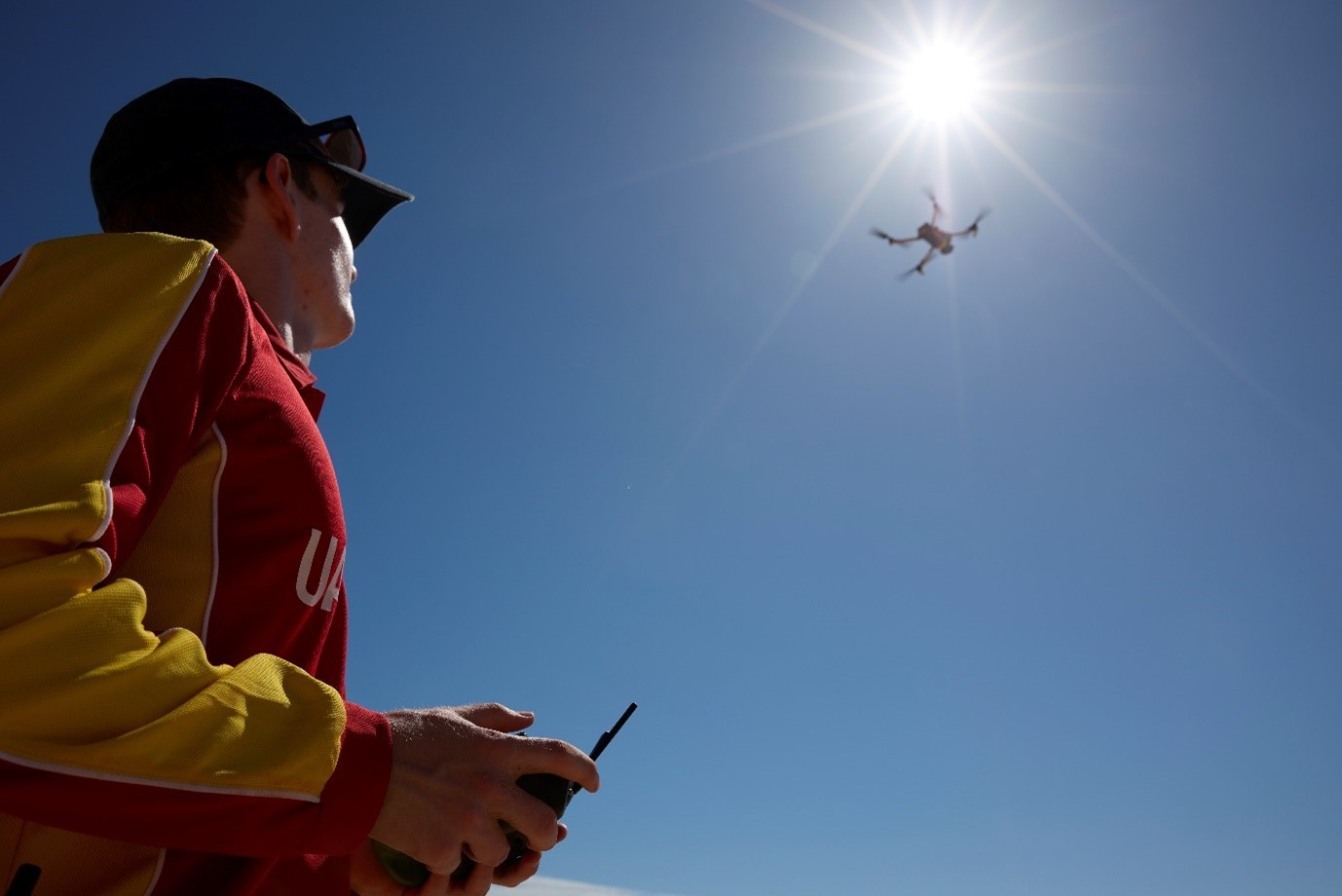
To manage more than 300 drones across 50 locations in NSW, Josh and the Australian UAV Service team prioritise safety. Before each flight, they assess risks, complete a preflight checklist and review the airspace. They also take yearly tests to keep up with the rules and brush up on their skills.
Josh’s best safety advice to recreational drone users is to keep your drone within visual line-of-sight.
‘This allows you to maintain situational awareness and deconflict with hazards such as obstacles, people and crewed aircraft,’ he says. ‘It also ensures that if your drone fails, you have a better chance to safely manoeuvre back to a safe landing space.
‘In emergency situations, seconds matter. It’s also critical that recreational drone flyers stay clear of emergency operations, whether it’s our drone teams responding to emergencies or other crewed aircraft like the Westpac Lifesaver Rescue Helicopters. Recreational drones can pose a hazard to our response. If you’re flying, we can’t.’
If you would like to feature in Drone flyer diaries, please email us.

